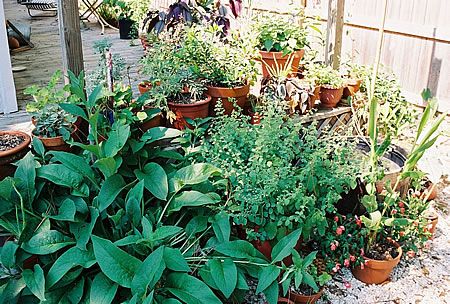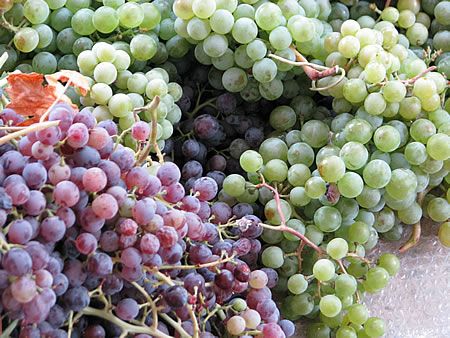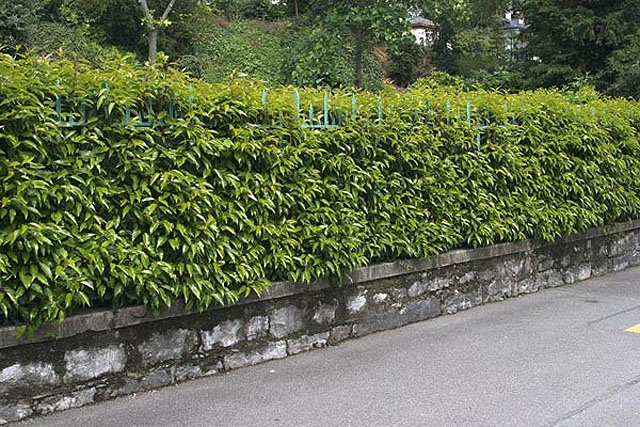In this guide you will learn how to sow and grow 16 herbs and other aromatic plants in pots and window boxes.
Namely: dill, basil, bay laurel, rosemary, spearmint, thyme, garden cress, lavender, parsley, fennel, marjoram, peppermint, oregano, rocket, celery, sage.
Herbs are usually aromatic plants that give us their fragrance and healing properties. One important advantage they have is that they can be easily grown in pots in the city and do not need much care. They can even be grown on apartments that do not get much sunlight.
With a little organization and a little effort, you can use fresh herbs when you cook your favorite recipes!
To grow herbs on the balcony or veranda in the city you will need some pots or window boxes (preferably plastic ones because they are lightweight), soil to fill the pots or window boxes, saucers under the pots to collect excess water and some gravel.
The window boxes and pots should be 25 to 30 centimeters in height.
Put a thin layer of gravel at the bottom of the pot or window box to facilitate water drainage.
Fill the pot or window box with soil purchased from your local nursery store. Prefer soil that is enriched with organic materials such as compost. Put the saucer under the pot or window box and you’re ready to grow herbs and other aromatic plants on the balcony.
Dill (Anethum graveolens)
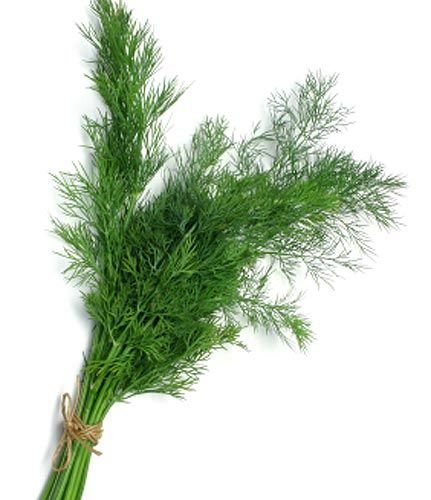
Dill is an annual herb and reaches a height of 30 to 80 cm.
Plant the seeds of dill in spring (April to May) at a depth of half to one centimeter. Dill needs a deep pot because its roots are long.
It needs frequent watering.
Harvest the dill by cutting it with scissors at a height of 2 cm from the soil.
Greek name: Άνηθος.
Basil (Ocimum basilicum)
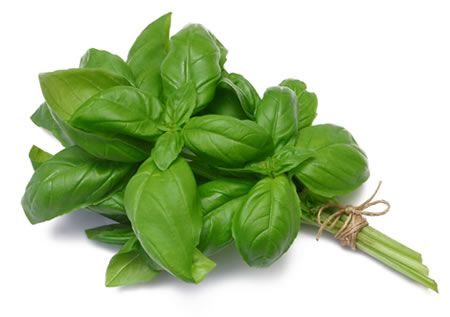
Basil is an annual plant and grows to a height of 20 to 80 cm. There are many varieties. Most common are the the small-leaved and broad-leaved basil varieties.
In early spring (March-April), sow a few seeds of basil in a pot or window box and simply cover them with some soil.
Basil wants light but not direct sunlight. It needs cool soil, so especially in summer you should water it every day. You should trim the tops regularly to help it grow more.
Greek name: Βασιλικός.
Bay laurel (laurus nobilis)
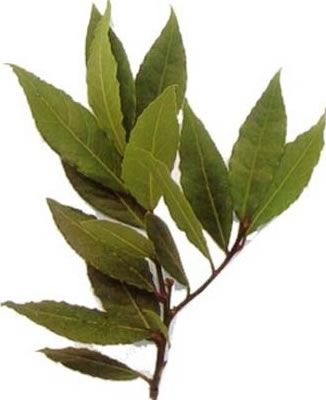
Bay laurel is a perennial plant that grows to a height of 3 to 5 meters. You can pick bay laurel leaves in August or September. You can then dry them and use them in your recipes. For example, lentil soup with bay laurel dried leaves is a traditional Greek recipe.
Although you can start bay laurel using seeds, it may have been better to get a small plant from a nursery and transplant it into your pot. The best months for transplanting bay laurel plants are January and February.
Bay laurel plants tolerates low temperatures and does not require regular watering.
Greek name: Δάφνη.
Rosemary (Rosmarinus officinalis)
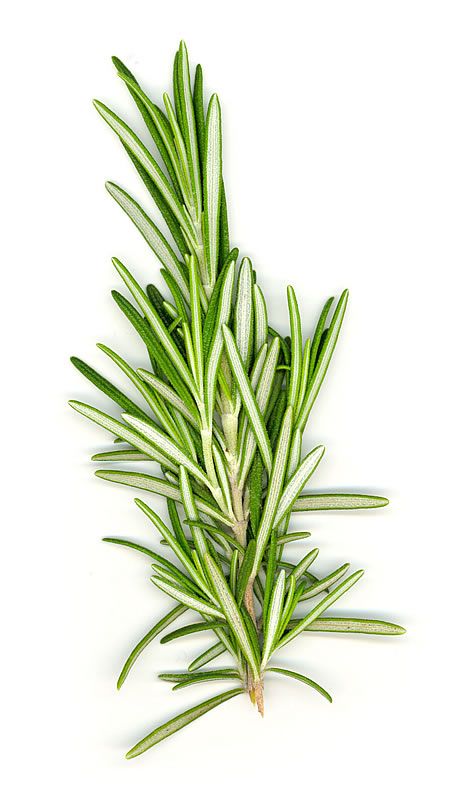
Rosemary is a perennial plant / herb that grows to a height of half a meter to a meter. Rosemary’s leaves are collected from spring to autumn.
It is propagated by seeds, cuttings and offshoots. You can place the cuttings in a pot from January to March.
If you want to start rosemary from seed, you can do so from March to April. Drop a few seeds into a pot or window box and simply cover them with some soil.
You’ll be able to harvest leaves the following year.
Rosemary likes to be in the sun. You should water it no more than twice a week.
If you prune the rosemary well in September, you will help it to sprout in the spring.
Greek name: Δενδρολίβανο.
Spearmint (Mentha viridis)
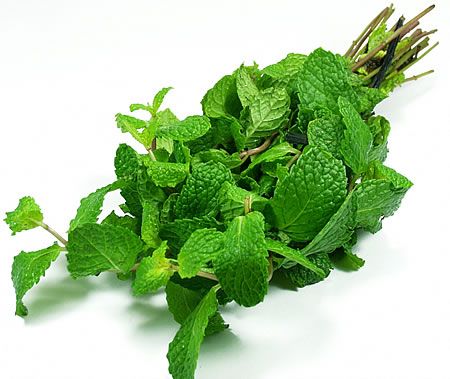
Spearmint is a herbaceous herb (aromatic plant). It is a species of Mint. It is one of the easiest herbs to grow.
You can sow spearmint seeds in early spring, after the last frosts. Use a lot of seeds because many of them are sterile.
Spread the spearmint seeds over the soil and water immediately. Do not cover the seeds with soil. Place the pot or window box where the sun will see it. The seeds will germinate in about 12 days.
To help the seeds germinate, you can cover the pot with a transparent plastic, e.g. wrapping film. This will create a draft greenhouse effect.
Another common way of propagation is by using rhizomes. You can transplant spearmint rhizomes from a grown plant into a new pot or window box.
Spearmint needs sun to grow, but it can tolerate a place where it gets a few hours of sunlight a day.
Spearmint needs to be watered regularly because it is water demanding.
Greek name: Δυόσμος.
Thyme (Thymus vulgaris)
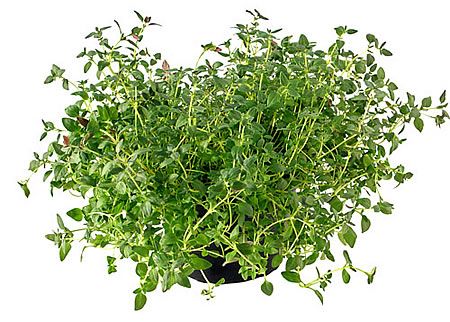
Thyme is a shrub that grows up to 30 cm tall. It is extremely hardy.
Thyme is particularly loved by bees and Greek thyme honey is famous around the world.
Thyme can be propagated by seeds but the method that is better and faster is by transplanting rhizomes.
To sow thyme, spread several seeds on the surface of a pot or window box and pour some soil over them. Water directly and cover the pot with a clear plastic, e.g. wrapping film. This will create a draft greenhouse effect. Place the pot in a warm place. The seeds will germinate in 1 to 12 weeks. When the plants reach a height of 10 cm, you can remove the weaker ones.
To transplant thyme rhizomes, first choose to take them from a mature plant. With the help of a small spade, remove a small section of the plant along with its root and soil around the root. Transplant the rhizome into the pot or window box you want.
Thyme does not have high water requirements.
Greek name: Θυμάρι.
Garden cress (Lepidium Sativum)
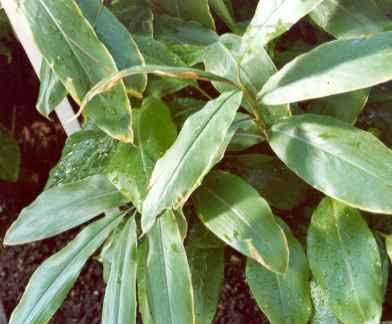
Garden cress is an annual plant that reaches a height of 20 to 30 cm. It is a tropical plant.
You can plant garden cress in pots or window boxes from spring to autumn.
Also, you can propagate garden cress using rhizomes.
As garden cress is a tropical plant that grows in the soil of rainforests, you need to place the pot or window box in a shady place and make sure that the soil is always moist. You should also spray its leaves with water. In other words, we are trying to replicate the conditions of a rainforest.
Garden cress does not tolerate low temperatures. If it gets cold you should put it inside the house.
40 to 50 days after sowing you can have your own garden cress.
Greek name: Κάρδαμο.
Lavender (Lavandula angustifolia, Lavandula stoechas)
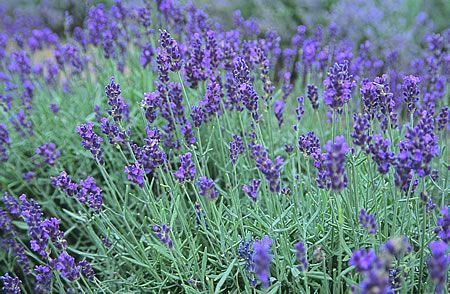
Lavender is a herb / plant native to southern Europe so it prefers warm and sunny places and needs the soil to be well drained. It prefers alkaline soils, rich in calcium.
Although you can plant lavender using seeds, it is not the best way to start lavender. The seeds are slow to germinate and are very delicate. If you buy seeds in a packaging, you should make sure they are fresh. Otherwise they will not germinate. You can sow the seeds in spring or early autumn.
The simplest and safest way to grow lavender on your balcony is to plant a scion from a mature plant in the pot or window box.
Alternatively, you can buy a ready-made plant from a nursery and transplant it.
Lavender needs a little water.
To encourage lavender growth, you can cut off the growing tops. This way the plant will grow in width.
Greek names: Λεβάντα, αγριολεβάντα, λαμπρή, λαβαντή, χαμολίβανο, μυροφόρα, καραμπάσι, αβαγιανός
Parsley (Petroselinum Apiaceae)
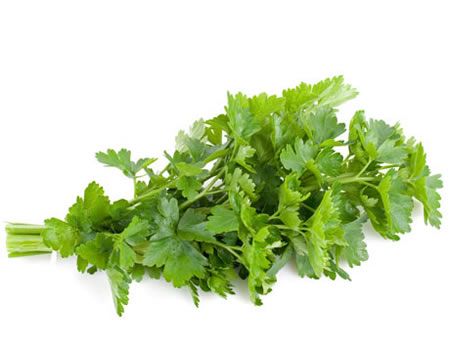
Parsley is a biennial plant. Although we are used to finding it easily in the markets, you should know that it is a herb that requires patience from the gardrner.
From the time you plant the seeds, it will take 3 to 4 weeks before they start to germinate. It will take another 2 to 3 months before you can taste your parsley.
You can sow parsley seeds in your pots or window boxes from early spring through fall.
Spread the seeds in the pot or window box and cover them with some soil. Water immediately.
You should keep the soil in the pot or window box moist, but not soggy. Make sure the drainage holes in the pot are not clogged.
If it’s still cold when you plant the parsley seeds, you should move the pots indoors and place them by the window.
For best results, the pot or window box with parsley should be placed in a sunny spot, although it can grow in places where the sun can see it for a few hours a day.
Although parsley is a biennial plant, it rarely survives its second year due to harvesting. This is not a bad thing, because the second year the plant does not have the same yield and quality.
Greek name: Μαϊντανός.
Fennel (Foeniculum vulgare)
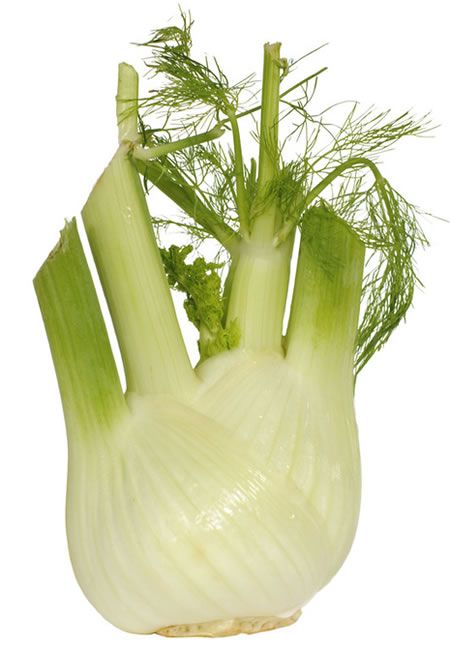
Fennel is an annual herb. It is cultivated for its foliage and also for its root known as finocchio.
You can sow fennel seeds in a pot or window box (5 to 6 is enough) from March to September. Because it has a well-developed root system (finocchio), you should choose to plant it in a pot that is tall enough.
Dig holes 3 to 4 cm deep, place the fennel seeds in them and cover with soil.
The fennel needs warmth to grow properly.
It does not need frequent watering.
In summer, water it once or twice a week.
Greek name: Μάραθος.
Marjoram (Origanum majorana, Lamiaceae)
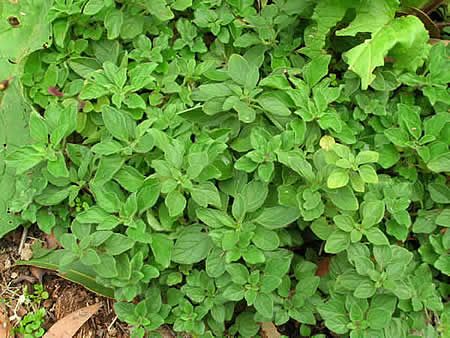
Marjoram is a herbaceous herb with many offshoots. It is related to oregano plant.
You can plant marjoram seeds in pots (30 cm in diameter) or get seedlings from a nursery store and transplant them.
If you choose the seed method, you should plant the marjoram seeds in early spring. There is no need to cover the seeds with soil. Just drop them on the surface. Place the pots where the sun can see them. In about 2 weeks you will see the marjoram seeds germinate.
In general, marjoram requires little care.
During the first few months you will need to make sure that the soil is constantly moist. After this period, you can water less frequently.
Greek name: Μαντζουράνα.
Peppermint (Mentha piperita, Mentha pulegium, Mentha Rotundifolia)
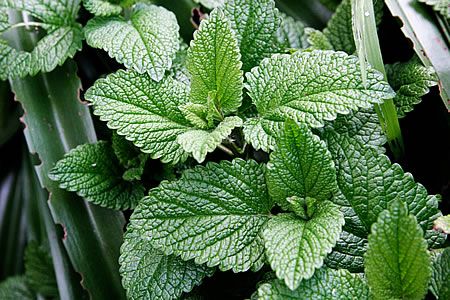
Peppermint is a herbaceous aromatic plant. It is one of the easiest aromatic plants to grow.
You can sow peppermint seeds in early spring, after the last cold weather. Use a lot of seeds because many of them are sterile.
Spread the peppermint seeds over the soil and water immediately. Do not cover the seeds with soil. Put the pot where the sun will see it. The seeds will germinate in about 12 days.
To help the seeds germinate, you can cover the pot with a transparent plastic, e.g. wrapping film. This will create a draft greenhouse effect.
Another common way of propagation peppermint is by using rhizomes. You can transplant peppermint rhizomes from a developed plant into a new pot or window box.
Peppermint needs sun to grow, but it can tolerate a place where it gets a few hours of sunlight a day.
Peppermint needs to be watered regularly because it is water demanding.
Greek name: Μέντα.
Oregano (Origanum Vulgare)
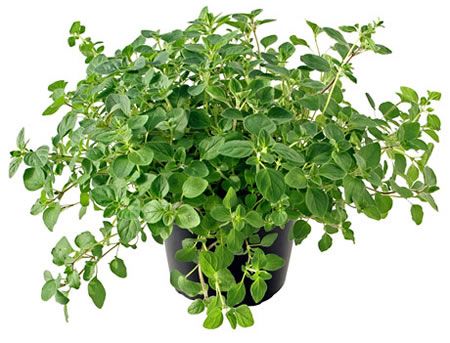
Oregano is a perennial, herbaceous, bushy plant.
The pot or window box with Oregano should be placed in a sunny location.
You can sow Oregano seeds in early spring. Sow the seeds at a depth of 1 to 1.5 centimeter.
Water until the soil is moist. Keep the soil moist for the first few months.
Then Oregano will be able to grow even in dry conditions as it does in its natural habitat.
To keep oregano’s flavor and fragrance strong, you should avoid too much watering and the use of fertilizers.
Cut oregano branches regularly. This will help the plant to grow, but will also limit its uncontrolled growth.
Greek name: Ρίγανη.
Rocket, arugula (Eruca sativa)
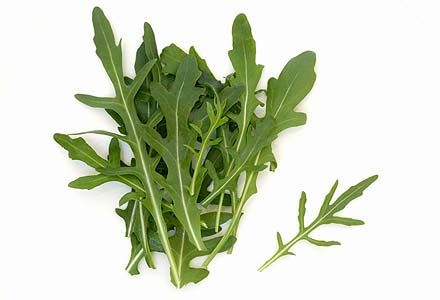
Rocket is an annual plant.
You can plant rocket seeds from March to September.
Although no one will stop you from planting rocket in pots or window boxes, it is best to do it in your garden.
Place the seeds at a depth of about 0.5 centimeter and water.
Place the pots or choose a place in the garden where the sun doesn’t see it all day. Also protect the plants from strong winds.
Greek name: Ρόκα.
Celery (Apium Graveolens)
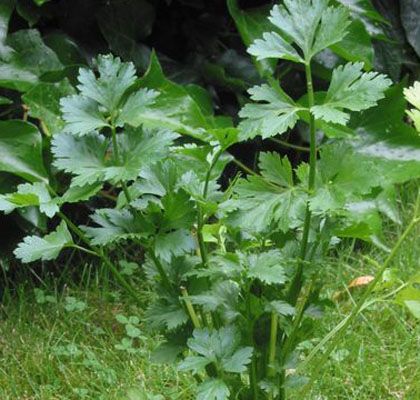
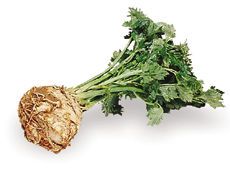
Celery is a biennial plant with a height of 0.3 to 0.9 meters.
There are 2 main varieties of celery:
One with a large fleshy root known as celery root, grown for it and eaten raw, in salads, in soups and cooked in various combinations and,
a second the more classic, with fleshy large stems grown for its leaves and eaten in the same way is pickled or used as a condiment.
The variety that gives the celery root needs to be planted in deep pots.
Celery needs sun and soil that holds moisture without being soggy.
Plant the seeds from April to May at a depth of 0.5 to 1.5 centimeters.
Celery seeds are tiny. In order to be able to handle them, it would help to mix them with some dry soil.
We always use this technique when we have small seeds to handle.
Always harvest only the outer shoots so that the inner ones can continue to grow.
Greek name: Σέλινο.
Sage (salvia officinalis)
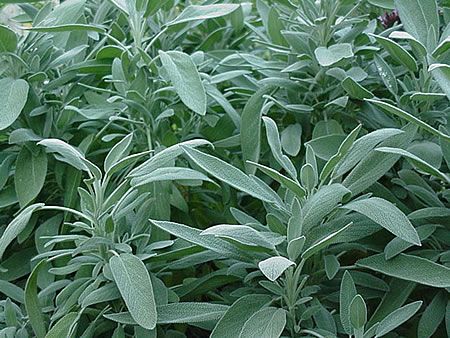
Sage is a perennial plant that grows to a height of 0.3 to 0.6 meters.
The Chinese call it “Greek sage” and consider it better than tea. The French call it “Greek tea”.
Sage grows well in pots and window boxes.
Sage needs sun to grow properly.
Does not need regular watering. It loves soils that are relatively dry.
You can sow sage seeds in spring or autumn.
It is a plant that requires patience. You will be able to harvest in the summer of the following year, after 1.5 years.
Place 5 to 10 sage seeds in a pot to a depth of 0.5 centimeters. In 2 to 3 weeks the seeds will germinate.
Greek name: Φασκόμηλο.
Tags: BALCONIES • BALCONY • BASIL • BAY LAUREL • CELERY • CULTIVATE • DILL • FENNEL • GARDEN CRESS • HERBS • LAVENDER • MARJORAM • OREGANO • PARSLEY • PEPPERMINT • PLANTS • POT • POTS • ROCKET (ARUGULA) • ROSEMARY • SAGE • SICK HOUSE • SPEARMINT • THYME

